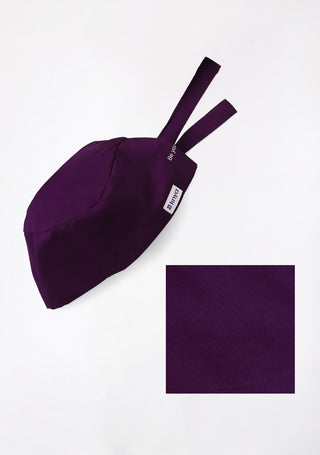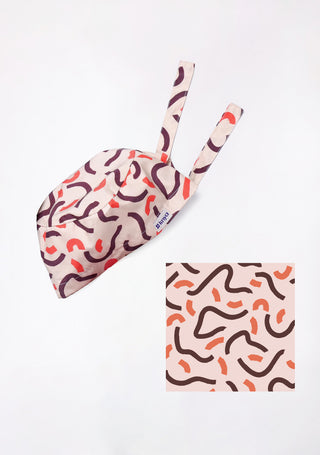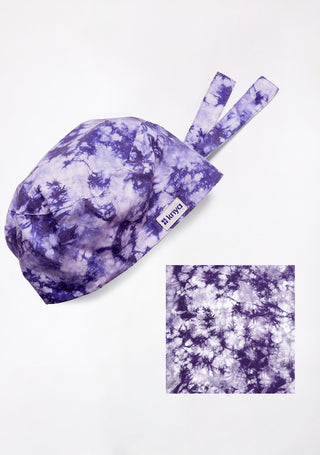Lab coats and aprons are essential for protection, hygiene, and professionalism in healthcare, laboratories, and research environments. However, these garments can easily become contaminated during shifts, making cleaning and sanitizing between uses critical.
Knya lab coats and aprons are designed for durability, comfort, and ease of maintenance. Proper cleaning ensures safety, prolongs the life of your garments, and maintains a professional appearance. This guide provides best practices for cleaning and sanitizing lab coats and aprons effectively between shifts.
Click here to explore comfortable lab coats and discover our complete collection of comfortable and stylish medical apparel
1. Understand the Importance of Regular Cleaning
Healthcare professionals and lab workers encounter bacteria, viruses, and chemicals daily. Regular cleaning of lab coats and aprons:
- Reduces the risk of cross-contamination
- Maintains professional appearance
- Extends the lifespan of garments
Using Knya lab coats and aprons, which are durable and fade-resistant, ensures that frequent cleaning does not damage the fabric.
2. Pre-Treat Stains Immediately
Immediate attention to stains helps prevent permanent damage:
-
Biological stains: Rinse with cold water first, then apply a stain remover if allowed
-
Chemical spills: Rinse immediately to prevent fabric degradation
- Food or ink stains: Use gentle detergent to pre-treat
Knya lab coats and aprons are designed to withstand pre-treatment and washing without losing structure or color.
3. Choose the Right Washing Method
Proper washing is essential for hygiene and garment longevity:
-
Machine wash: Use warm water and mild detergent
-
Hand wash: For delicate fabrics or heavily stained areas
- Separate from regular laundry: Prevent cross-contamination
Knya lab coats and aprons are machine-washable, making cleaning efficient between shifts.
4. Use Appropriate Sanitizing Agents
Sanitization ensures germs are eliminated:
- Use hospital-approved disinfectants or laundry sanitizers
- For chemical or biological contamination, follow workplace guidelines
- Avoid harsh chemicals that damage fabric
Knya garments are compatible with commonly used sanitizers and detergents, ensuring safety without compromising durability.
Looking for breathable and durable scrubs for women? Knya has you covered.
5. Drying and Ironing for Hygiene
Proper drying prevents bacterial growth:
-
Air drying: Recommended for delicate fabrics
-
Tumble drying: Use low to medium heat for durability
- Ironing: Optional, ensures a crisp, professional appearance
Knya lab coats and aprons retain their shape and color even after repeated drying and ironing.
6. Inspect Garments Before the Next Shift
After cleaning, check for:
- Worn-out or frayed areas
- Loose buttons, snaps, or straps
- Persistent stains or damage
Replacing worn garments ensures continued protection and professionalism. Knya lab coats and aprons are built to last, but regular inspection maintains safety standards.
7. Store Properly Between Shifts
Proper storage maintains hygiene and longevity:
- Hang coats and aprons in a clean, dry area
- Avoid crumpling or folding while damp
- Separate used garments from clean ones
Knya garments are designed to be wrinkle-resistant and easy to hang, simplifying storage and readiness for the next shift.
Conclusion
Cleaning and sanitizing lab coats and aprons between shifts is essential for health, safety, and professionalism. Proper pre-treatment, washing, sanitizing, drying, and storage ensures garments remain protective and durable.
Knya lab coats and aprons are engineered for repeated cleaning without compromising fabric quality, color, or functionality. Following these best practices keeps professionals safe, hygienic, and confident in their work environment.












